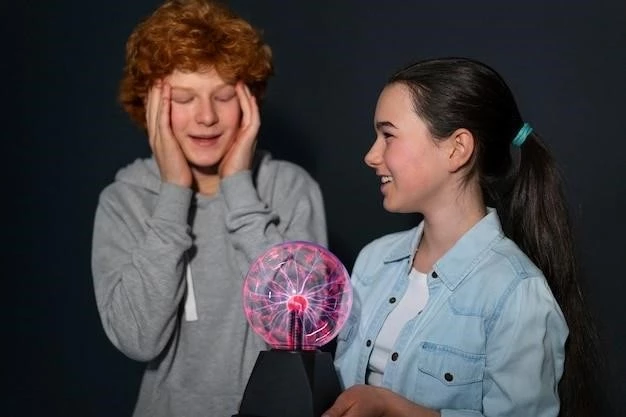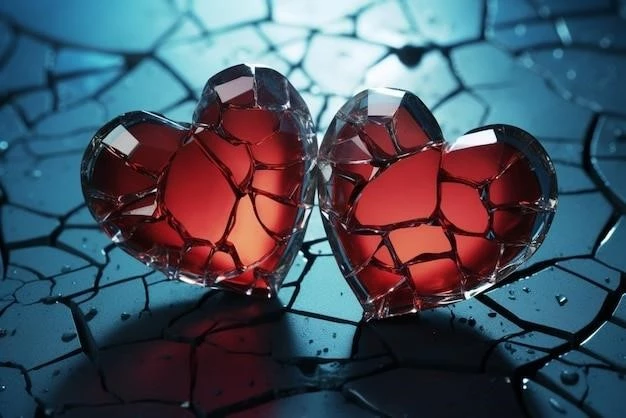The Love Chemicals: How Neurotransmitters Influence Our Feelings
Let me tell you, understanding the science behind love has been a game-changer for me. It’s not just some abstract, mystical force; it’s all about the amazing dance of neurotransmitters in our brains! I’ve experienced firsthand how these chemical messengers shape our feelings of attraction, passion, and deep connection.

The Big Players in the Love Game
Think of falling in love like a three-act play. Each act is dominated by a different set of neurotransmitters:
Act 1: Lust ─ The Initial Spark
This is where it all begins, folks. Those first pangs of desire, the initial flutter in your chest when you see someone you’re attracted to? That’s driven by:
- Testosterone: Yep, the hormone often associated with masculinity plays a big role in both men and women when it comes to stoking the fires of lust.
- Estrogen: This hormone, often linked to femininity, also contributes to feelings of desire and attraction.
I remember this one time, I met someone at a party, and there was this instant chemistry. It felt like a jolt of electricity! Looking back, I realize it was my testosterone and estrogen levels going haywire.
Act 2: Attraction — Can’t Get You Out of My Head
This is the phase where you’re totally smitten! You can’t stop thinking about that special someone. You crave their presence, and everything feels exciting and new. The culprits behind this delightful madness are:
- Dopamine: This is the “feel-good” neurotransmitter, and boy, does it make us feel good! It’s released when we experience pleasure, and in the attraction phase, it’s like a dopamine party in your brain!
- Norepinephrine: Remember that heart-racing, butterflies-in-your-stomach feeling? You can thank norepinephrine for that. It’s involved in our body’s stress response, but in this case, it amps up our excitement and makes us more alert and focused on the object of our affection.
- Serotonin: This neurotransmitter plays a complex role. While it’s often associated with mood regulation and happiness, in the throes of new love, serotonin levels can actually dip. This might explain why we become so fixated on our new love interest – our brains are craving that serotonin boost!
I recall spending hours daydreaming about a girl I was head over heels for. I couldn’t focus on anything else! My friends would tease me about it, but hey, it was my dopamine and norepinephrine working their magic!
Act 3: Attachment — Building a Lasting Bond
This is where love deepens and matures. The initial frenzy might calm down, but it’s replaced by a sense of security, comfort, and deep connection. The stars of this act are:
- Oxytocin: Often called the “cuddle hormone,” oxytocin is released through physical touch, like hugging, kissing, and well, you get the idea. It promotes bonding and trust and plays a crucial role in forming long-term attachments.
- Vasopressin: This neurotransmitter works in tandem with oxytocin to foster feelings of commitment and long-term bonding. It’s particularly important in forming pair bonds and plays a significant role in parental love.
Once, I was going through a rough patch, and my partner at the time gave me the biggest hug. I instantly felt calmer and more secure. That’s oxytocin working its wonders!

The Takeaway: Love is a Chemical Cocktail, and That’s Pretty Amazing!
Understanding the role of neurotransmitters in love doesn’t diminish its magic; it enhances it! It shows us that love is a fundamental aspect of our biology, hardwired into our brains.
Of course, love is more than just chemicals. Our experiences, personalities, and choices all contribute to the unique tapestry of each relationship. But recognizing the powerful influence of these “love chemicals” can help us navigate the ups and downs of love with greater awareness and compassion.










